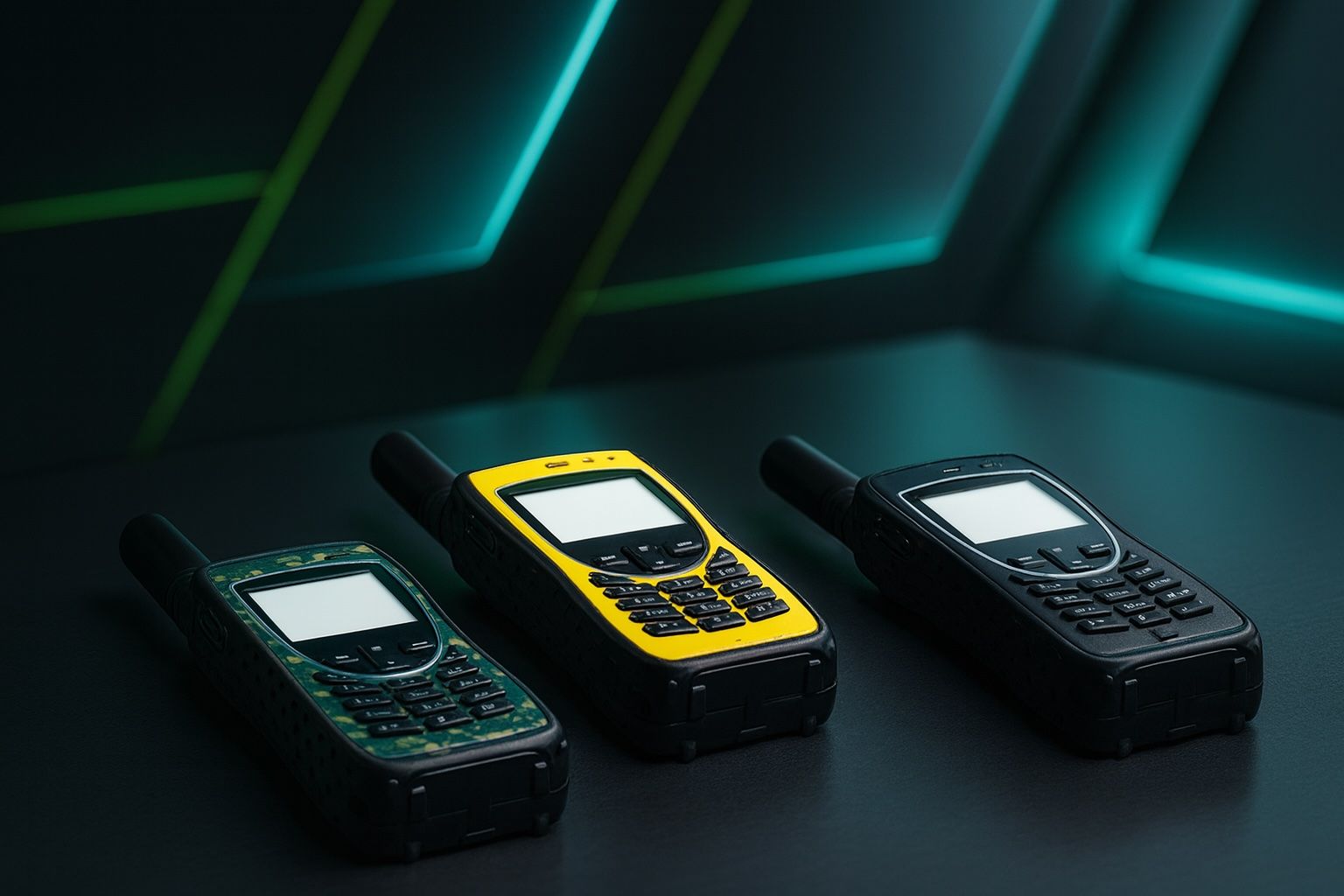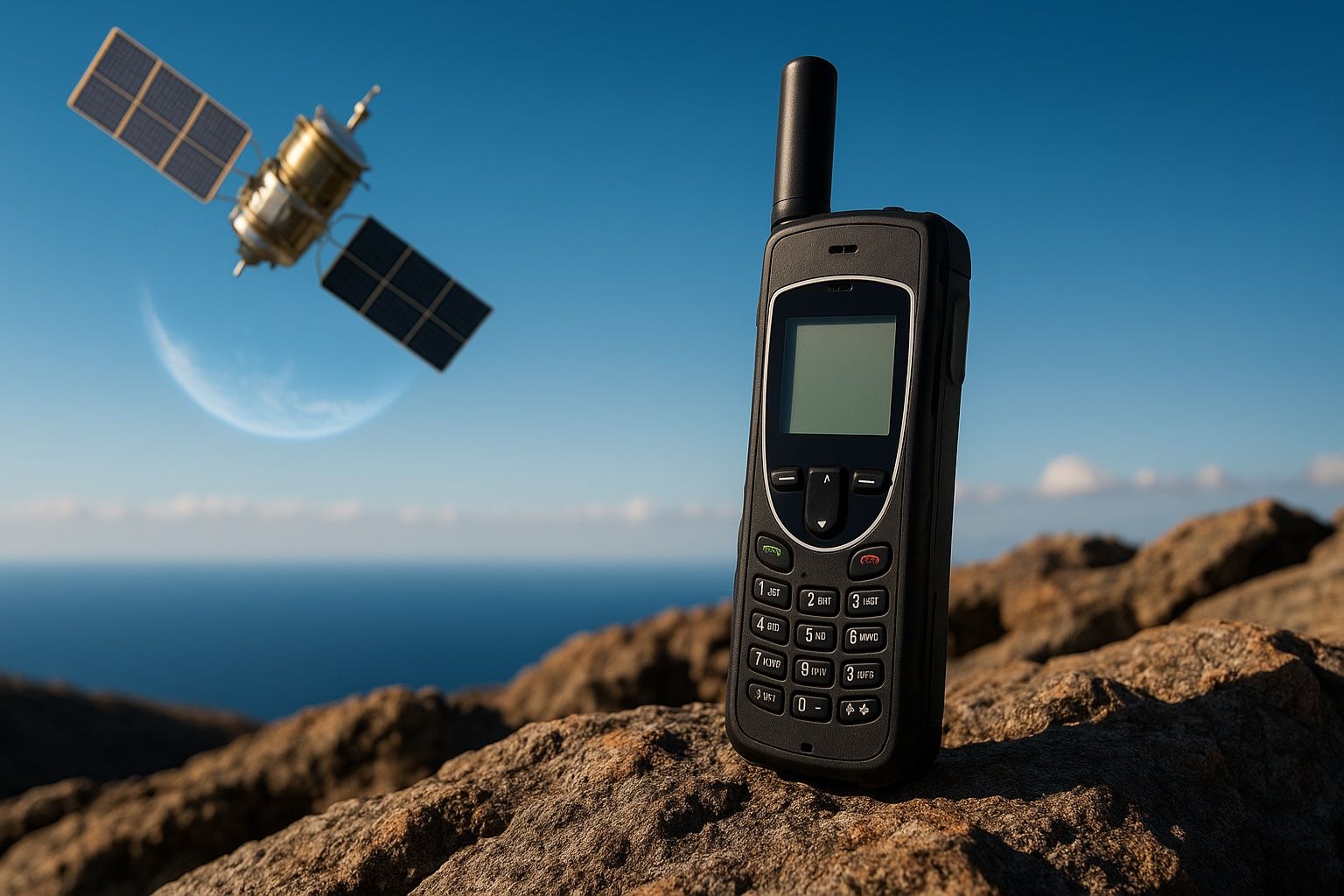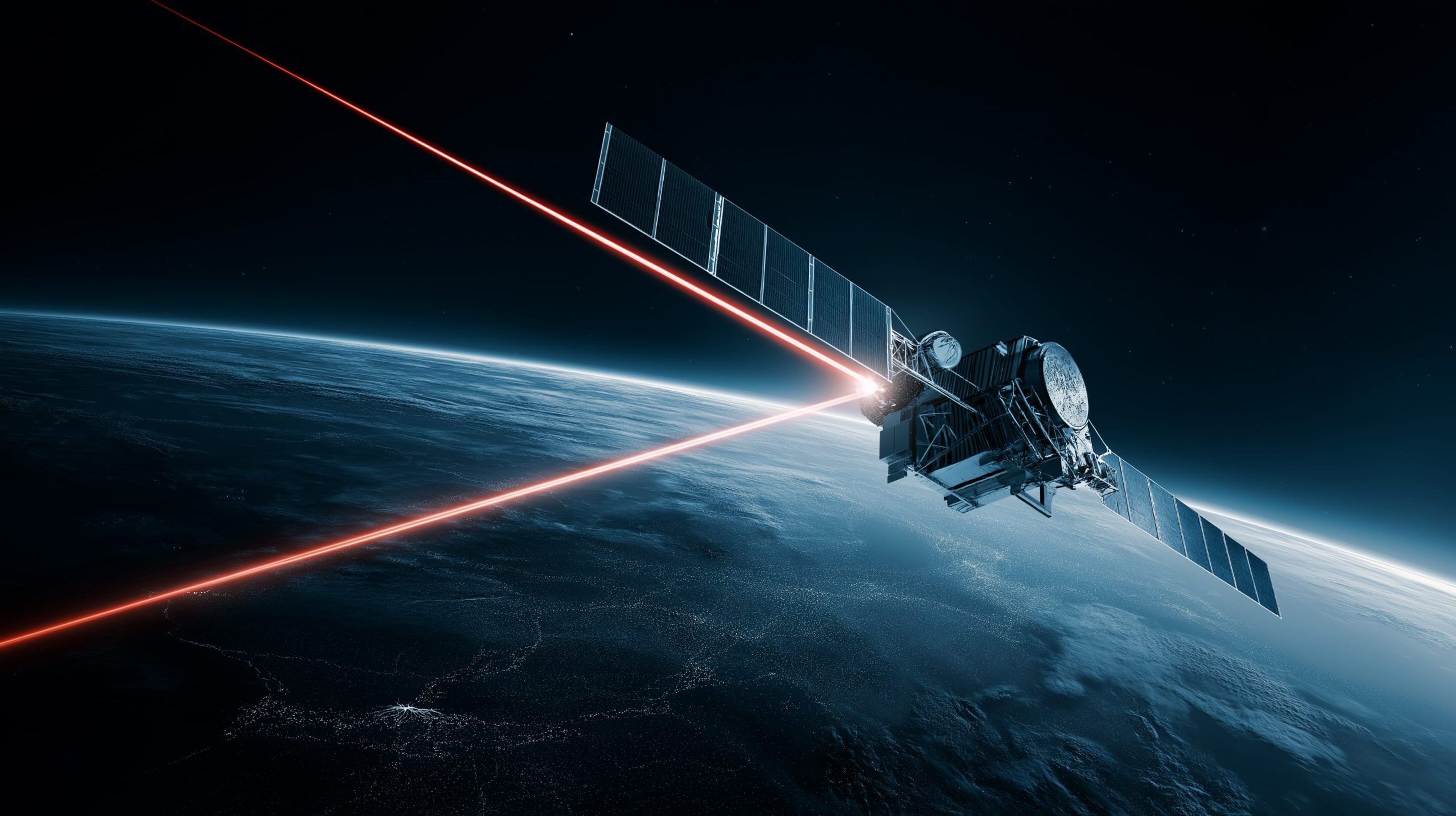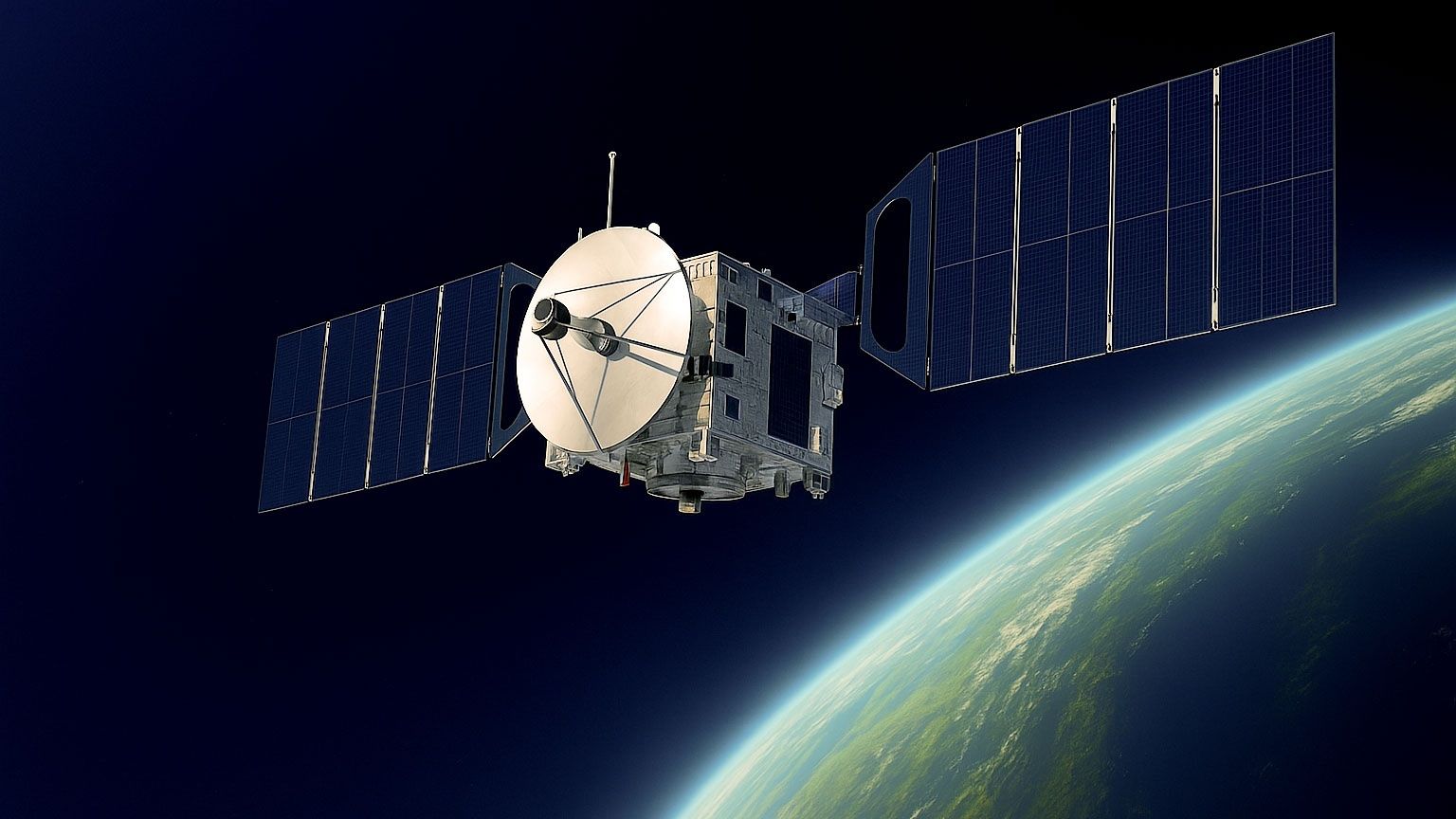
Global Satellite Phone Showdown: Iridium 9555 vs. Extreme 9575 vs. Extreme PTT – Which One Reigns Supreme?
The Iridium 9555 launched in 2008, the Iridium Extreme 9575 in 2011, and the Iridium Extreme PTT edition in 2015. The 9555 has no official IP rating, while the Extreme 9575 and Extreme PTT both have MIL-STD-810F and IP65 ratings.










